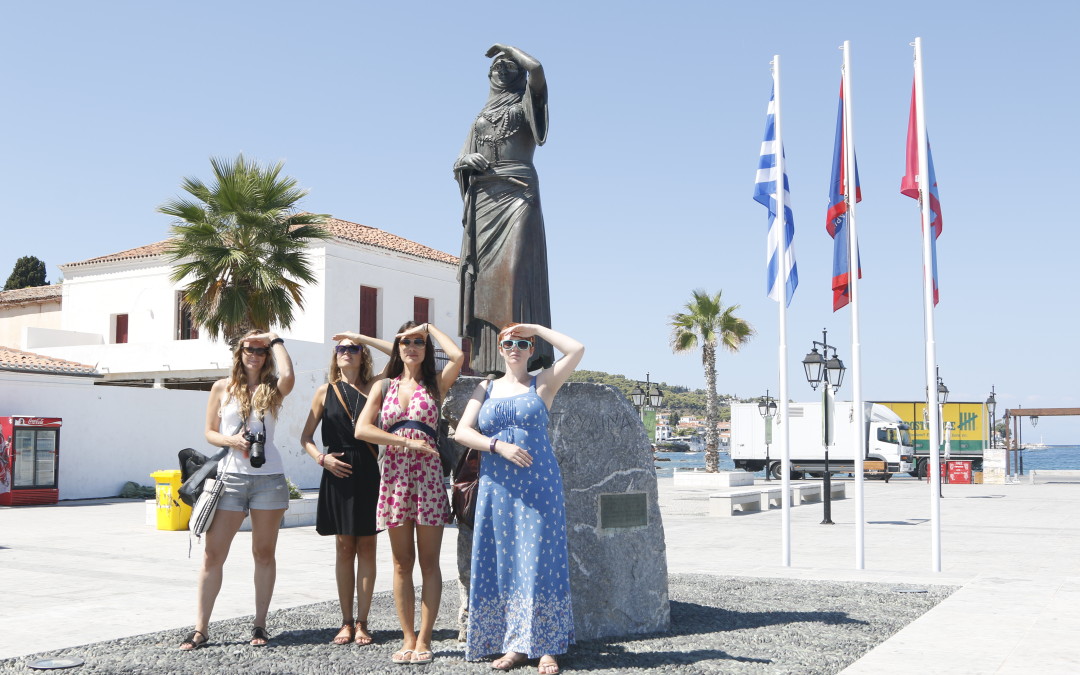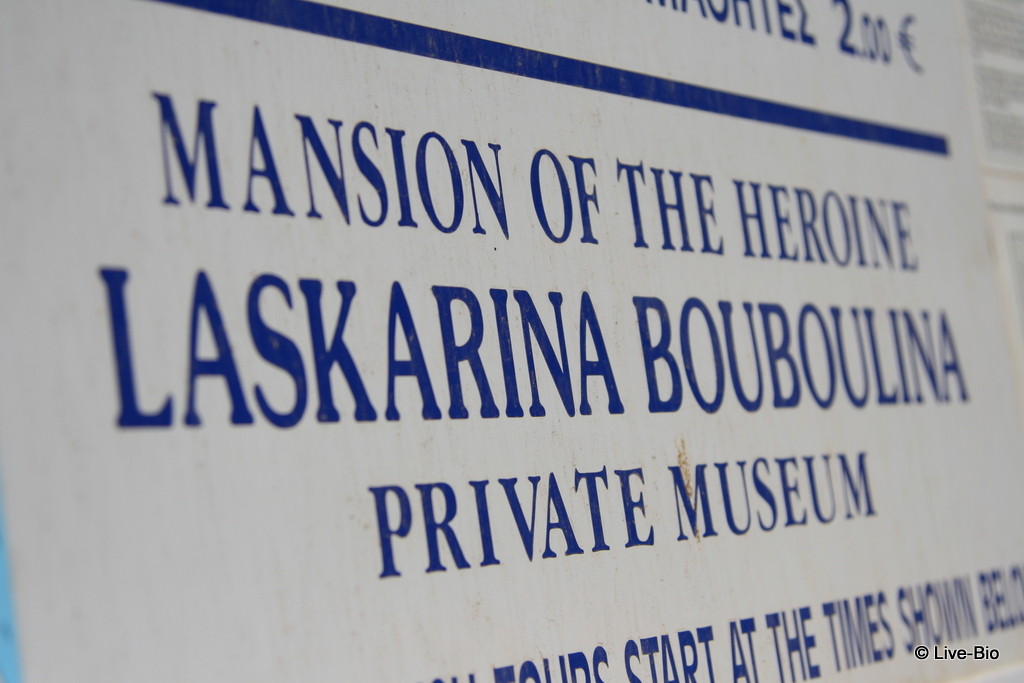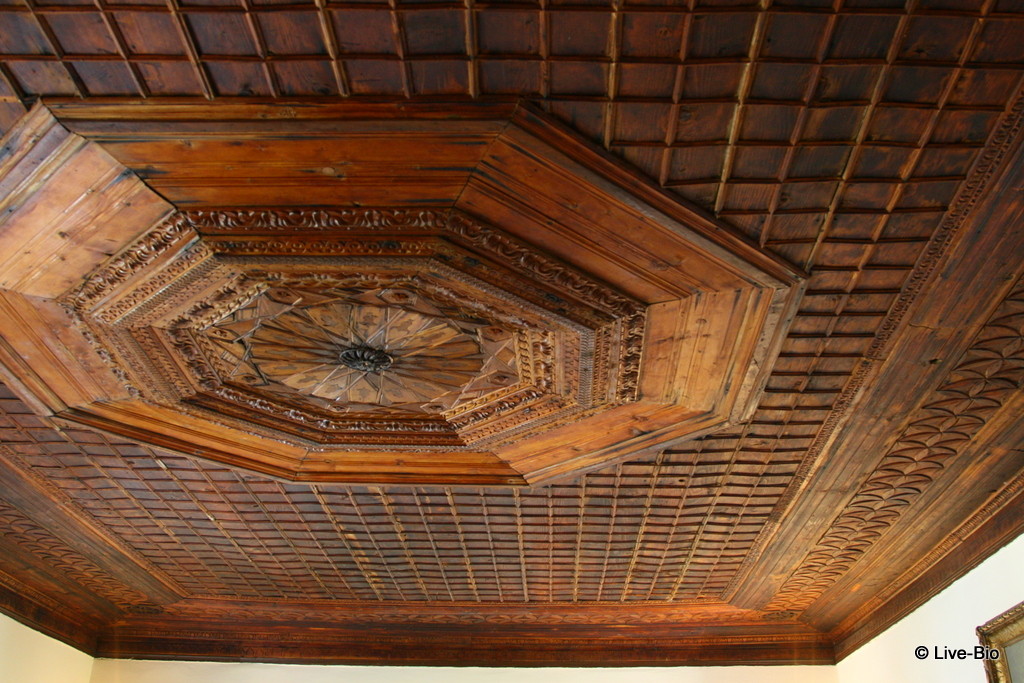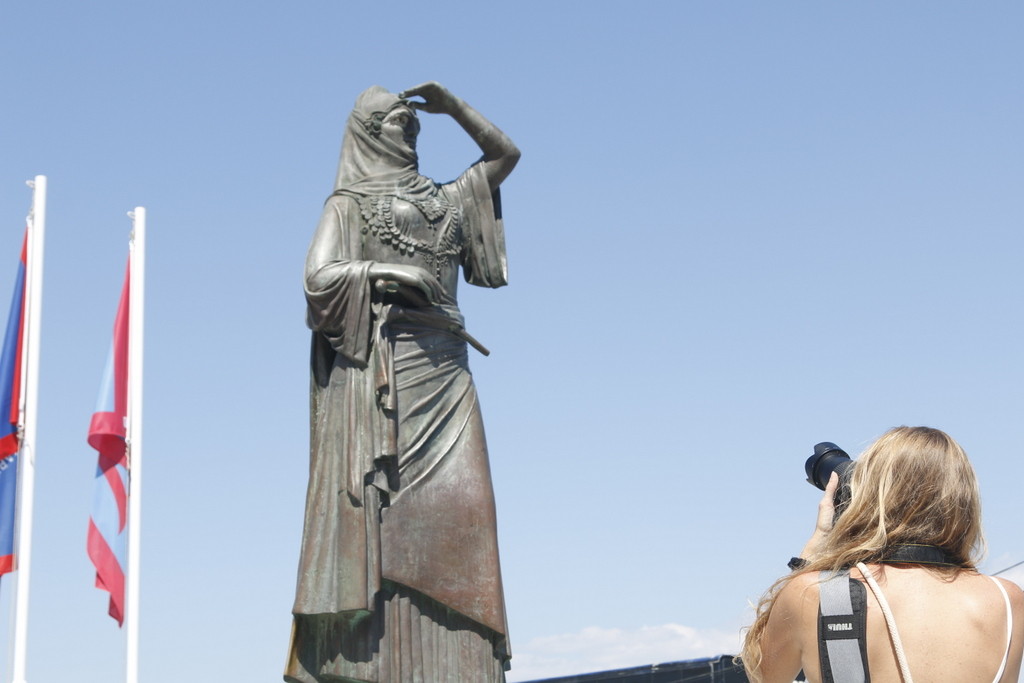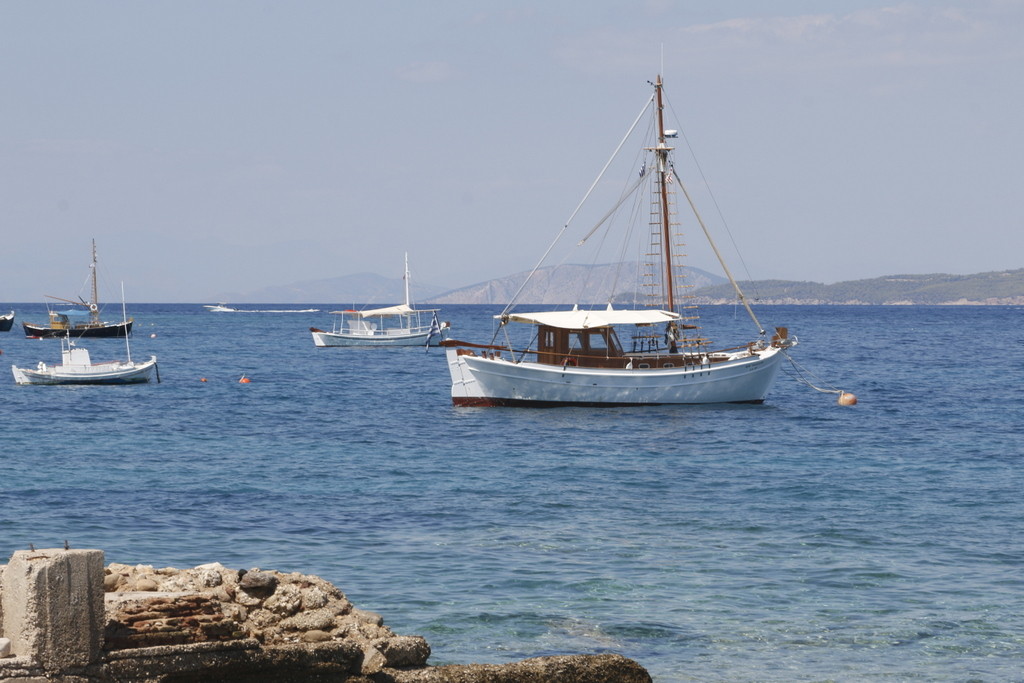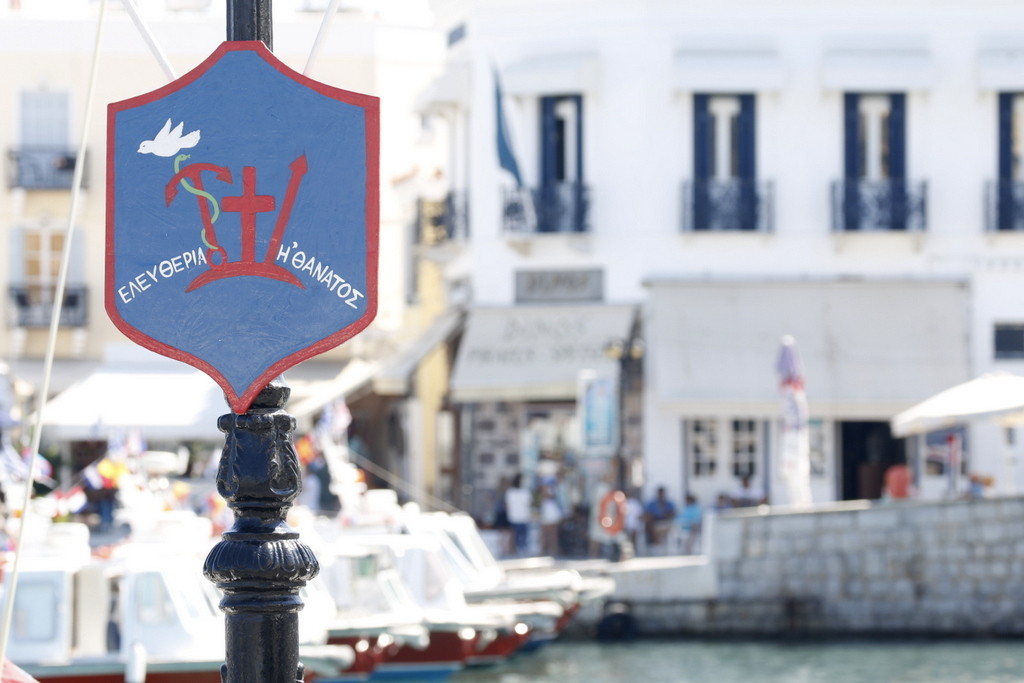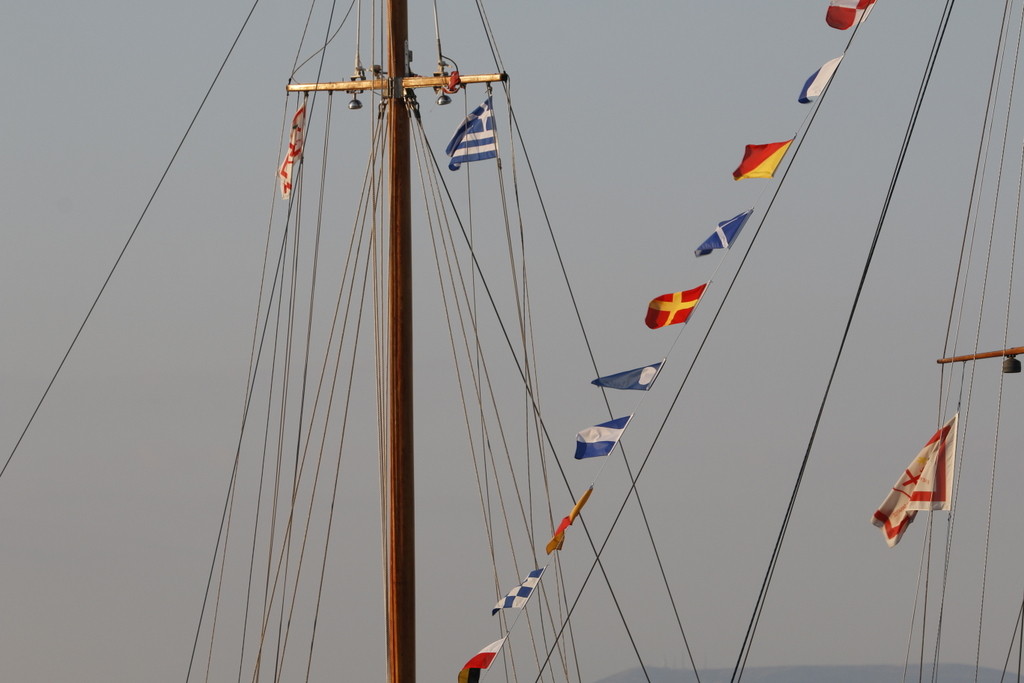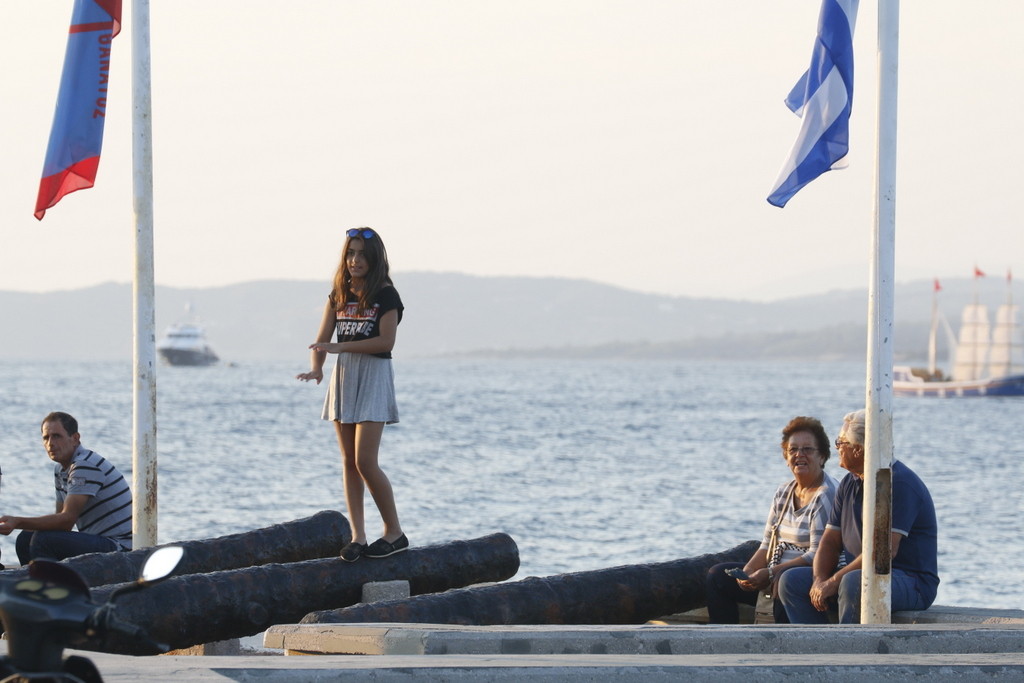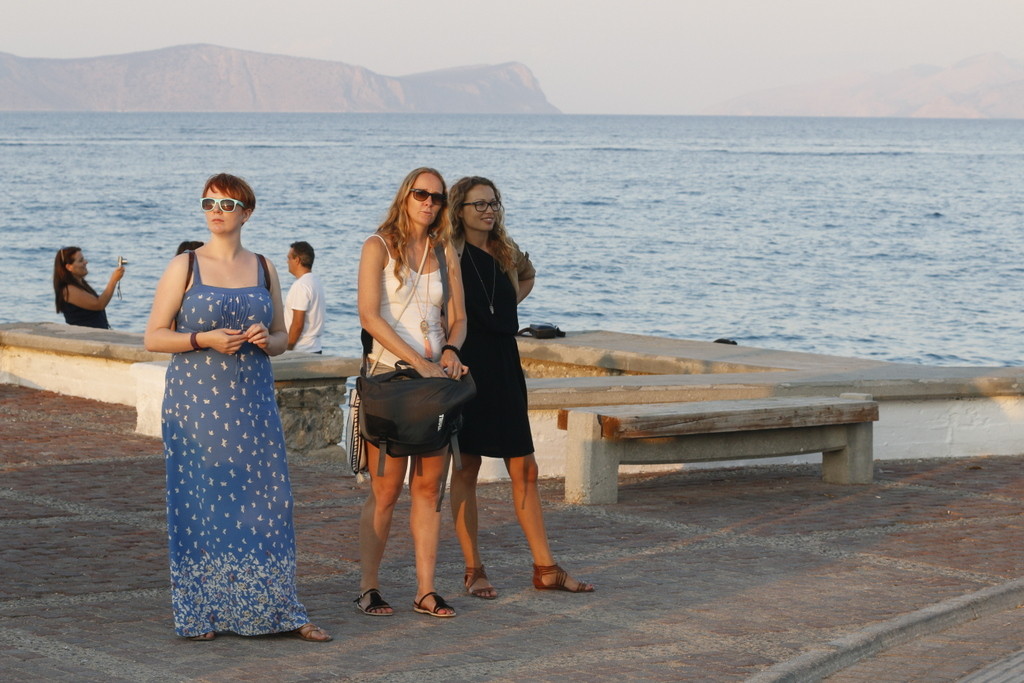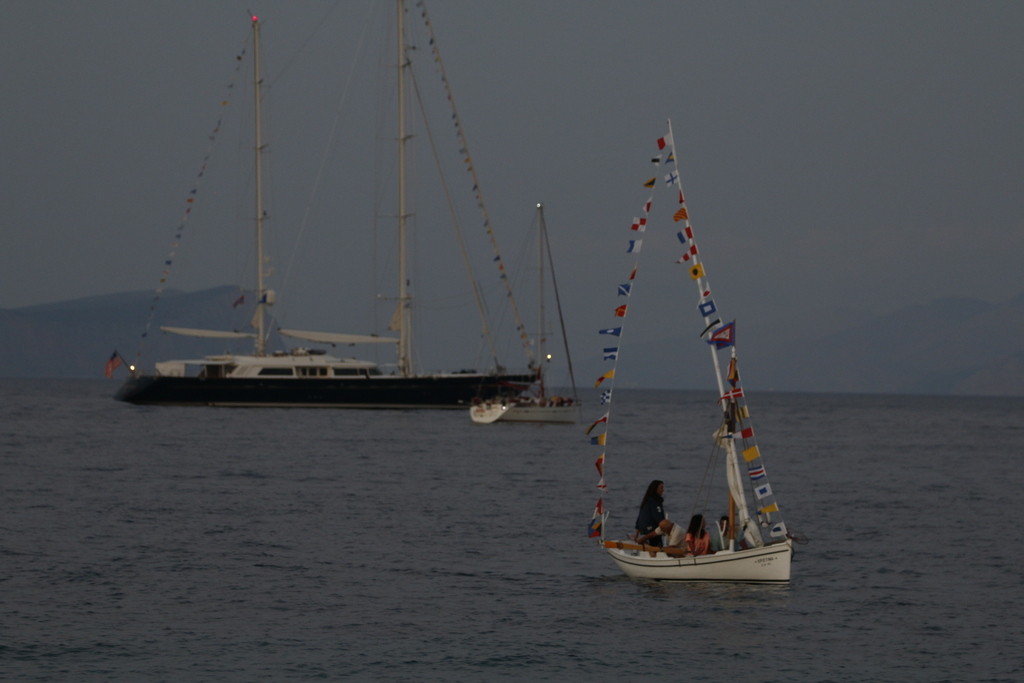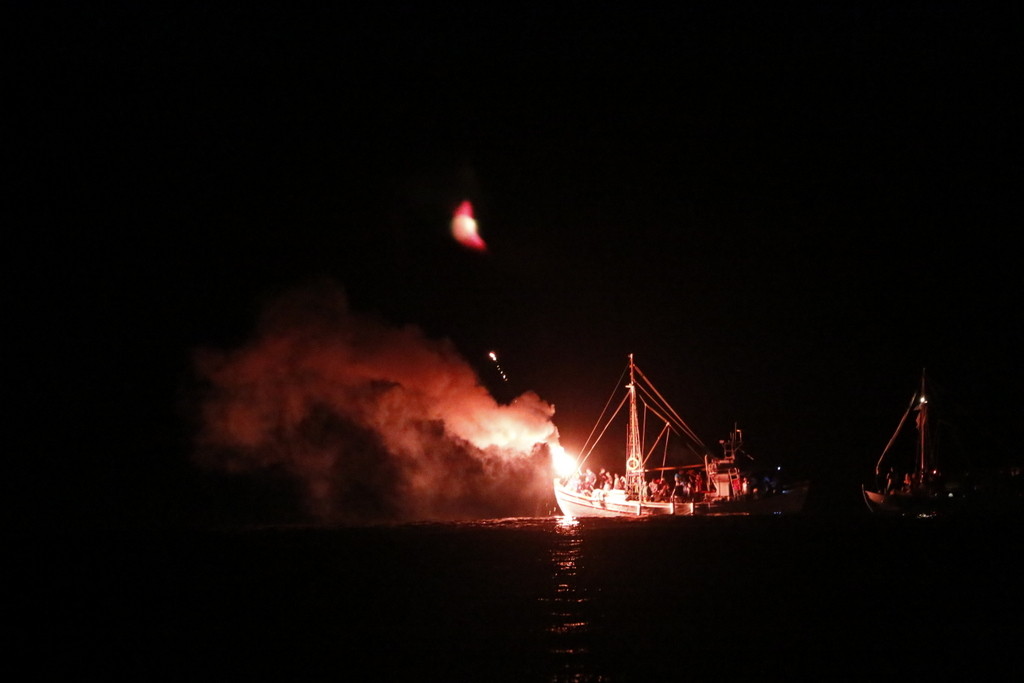What’s the connection between Bouboulina from Spetses and the famous “Armata”?
Just like every year, the second weekend of September marks an important event in Greek history. On the 8th of September 1822 the Ottoman navy approached the island of Spetses in order to destroy it and put an end to the Greek struggle for independence. Instead, a brave local fisherman Kosmas Barbatsis managed to set the Ottoman flagship alight and save the island from destruction. In commemoration of the important battle, the event of “Armata” is taking place each year. The big finale is setting a ship on fire and watch it disappear in the Aegean waters, while admiring a spectacular firework show.
Now an interesting fact: guess who pays for the sophisticated firework show? The descendants of Bouboulina, one of the bravest women, we can confidently say, in the world’s history. Below I will try to explain what exactly is the connection between the Greek Independence War, Armata and this Greek lady with a rather peculiar name.
Who was Bouboulina?
We were lucky enough to take part in this year’s Armata, together with the guests who were staying with Live-Bio at the time. I should mention that most of them were female and therefore even more interested to find out about mysterious Bouboulina.
After having strolled around Spetses and heard our guide’s, Periklis, explanation of Armata’s story, all the girls decided to visit Bouboulina’s museum, which was the house she lived in while on Spetses. Our museum guide was a very passionate, English lady who had been living on the island for quite some time and knew a lot of interesting details about this Greek heroine. We were fascinated to discover Bouboulina’s turbulent life. She was born in an Ottoman prison in Constantinopole to Greek parents, both originally from Hydra island. Her father was a captain who the Ottomans imprisoned after the failed Orlof revolution (1769-1770) and died shortly after Bouboulina’s birth. A few years after returning on Hydra, both mother and daughter moved to Spetses, where Bouboulina married twice. It was her second husband, Dimitrios Bouboulis, from whom she took the name.
Fearless Bouboulina against the Ottomans
Bouboulina’s whole life was marked by hardship and drama. After having lost her second husband to Algerian pirates, she inherited his trading fortune, which the Ottomans tried to confiscate (as a punishment for her husband’s support of the Russian Empire in the Turko-Russian wars). Eventually receiving protection from the Russian tzar and the mother of the Ottoman sultan who influenced her son, Bouboulina returned to Spetses in order to prepare the revolution against the Turks. She selflessly funded the construction of a number of battle ships, including “Agamemnon”, one of the biggest ones in the Greek revolutionary fleet. Her own fortune also served as a funding base for numerous weapons, ammunition, food for her sailors and soldiers. Absolutely fearless (and often considered mad by men), Bouboulina commanded her ships to attack Nafplio with its grand Venetian castle (which was captured by the Ottomans in 1715), where she began a naval blockade in spring 1821. She convinced her men to remain in Nafplio until winter 1822, when the fortress was eventually conquered. Unfortunately the victory was bitter sweet for her as she lost her son in one of the battles. This must have given her even more motivation to liberate the Greek nation as she kept fighting, continuously funding the revolutionary activities.
Visiting Bouboulina’s house really made us time-travel to the times when she lived there. Seeing her clothes, books, letters she wrote, titles she received, weapons she carried made us all realise how incredible and ahead of her times this woman was. For a lady of this age in history to read Shakespeare or Voltaire was rather unheard of. To write sophisticated letters, design complex battle ships, use guns and lead the whole army of men to what seemed like a certain death was simply impossible to imagine. And yet she did all that.
Controversy around Bouboulina
All ladies at the museum had one, common question though: how come her story was never promoted more? From our group of Dutch, American, English, Polish and Swedish women none of us heard about her before. Why is that? Well, we can only speculate. Especially at that time, the world was ruled by men and glorifying a woman was probably quite controversial. The circumstances of her death also add to the mystery. Having survived all the incredibly difficult battles, she was actually killed in a family feud in Spetses in 1825, following a controversial love affair that emerged between her son and a daughter of Koutsis family. When the young couple was seeking protection in Bouboulina’s house, heavily armed Koutsis family members (men of course) appeared at her residence and shot her straight in her head when she tried to defend the young couple. Mysteriously, her killer was never named, which also makes us think. Perhaps it was jealousy? Perhaps feelings of hatred as the local men could not stand that a woman would be able to achieve so much on her own? Who knows… We only asked one question: how many of these stories are actually out there, untold, unrevealed, unknown to the world? No one can tell.
Bouboulinas of today
One thing is sure though, Bouboulina from Spetses makes all women extremely proud and gives strength to keep fighting whatever your battle. There are so many “Bouboulinas” out there today. From the women of India, Pakistan or the Middle East fighting for their basic rights to all the business women, female politicians who are determined to receive equal treatment. How about all the silent battles happening at so many homes? Don’t give up ladies! Even though it might be hard, difficult, often daunting or seeming impossible, your battles are worth it! Without them things will remain the same. To all “Bouboulinas” of today, keep fighting your fight!

